In the realm of accessibility and inclusivity within professional environments, ensuring effective communication is paramount. One critical aspect to consider is the provision of hearing augmentation systems in meeting rooms, conference rooms and the like. With the increasing reliance on technology during meetings, the question arises: when is a hearing augmentation system necessary, and how does it affect design considerations? This blog aims to clarify the requirements and rationale behind the installation of these systems in a meeting room setting
Understanding Hearing Augmentation Requirements
According to the Building Code of Australia (BCA) Clause D4D8, a hearing augmentation system must be provided whenever an inbuilt amplification system is installed, with the exception of systems used solely for emergency warnings. Therefore, if your meeting room has any form of inbuilt amplification, it is crucial to implement a hearing augmentation system to accommodate individuals with hearing impairments.
Defining Inbuilt Amplification Systems
An inbuilt amplification system is recognised by the seamless integration of components that amplify audio and video signals. A common example in modern meeting rooms is the fixed LCD screen. These screens are integral to communicating information and facilitating discussions, qualifying them as components of a room’s audio-visual infrastructure. Their connection to a General Power Outlet (GPO) does not detract from their classification as fixed elements designed explicitly for enhancing meetings.
The Functional Role of LCD Screens
The role of an LCD screen goes beyond mere visual display; it amplifies communication by presenting clear, accessible content to all participants, thereby improving engagement. When considering the definition of amplification as inclusive of both audio and visual outputs, one can argue that these screens serve as conduits for essential information exchanged during group settings. Furthermore, many LCD screens come equipped with built-in speakers, aligning them with the principles outlined for amplification systems.
Misconceptions About Mobility and Installation
A common misconception is that equipment connected via a GPO must be removable. However, many devices, regardless of how they are powered, can be permanently affixed to structures. This includes built-in projectors and wall-mounted televisions, which, while connected through power sources, remain essential, stationary components of the meeting room design. The classification of an installation as removable or fixed should not solely rely on its power source; rather, it should be based on its nature of integration within the space.
Given these understandings, it is clear that any LCD screen mounted in a meeting room, used for presentations, online meetings, and other functions, qualifies as an inbuilt amplification system under BCA Clause D4D8. As such, implementing a hearing augmentation system is necessary to ensure inclusivity for individuals with hearing impairment.
A Balanced Approach to Hearing Augmentation
While it is vital to ensure that all meeting rooms are accessible, equipping all spaces with a hearing augmentation system may not always be practical or necessary. A more balanced, performance-based approach may be beneficial, allowing for the provision of hearing augmentation in select rooms, ensuring equitable distribution across various locations and room types.
To further guide this process, the Australian Standard AS1428.5-2021 offers valuable insights regarding the definition of inbuilt amplification systems and the options available for implementation.
Conclusion
In conclusion, providing effective hearing augmentation systems in meeting rooms is not just a matter of complying with regulations; it is about fostering an inclusive environment where all participants can engage fully. By understanding the requirements and rationale behind these systems, organisations can make informed decisions that enhance communication and ensure access for everyone.
If you’re considering how to improve accessibility within your meeting spaces or have any questions regarding hearing augmentation systems, feel free to reach out for expert advice. Together, we can create environments that are not just compliant, but truly inclusive.

Recent blogs
Enhancing Communication: The Role of Hearing Augmentation
In the realm of accessibility and inclusivity within professional environments, ensuring effective communication is paramount. [...]
Read moreSep
Accessible, But Locked: How Councils Utilise MLAK Systems
Public toilets are essential infrastructure, especially for people with disabilities. Yet in many areas, access [...]
Read moreJul
The Importance of the Hidden Disability Sunflower
The Importance of the Hidden Disability Sunflower You may have recently noticed people wearing a [...]
Read moreJul
Review of Accessibility Provisions at Vivid Sydney 2025
Vivid Sydney has once again dazzled audiences, wrapping up another spectacular year of immersive light [...]
Read moreJun
The Good, the Bad, and the Ugly of Platform Lifts for Accessibility
The Good, the Bad, and the Ugly of Platform Lifts for Accessibility Accessibility is a [...]
Read moreMay
Insights into the Updated Disability (Access to Premises – Buildings) Amendment (2024 Measures No. 1) Standards 2024
Insights into the Updated Disability (Access to Premises – Buildings) Amendment (2024 Measures No. 1) [...]
Read moreMar